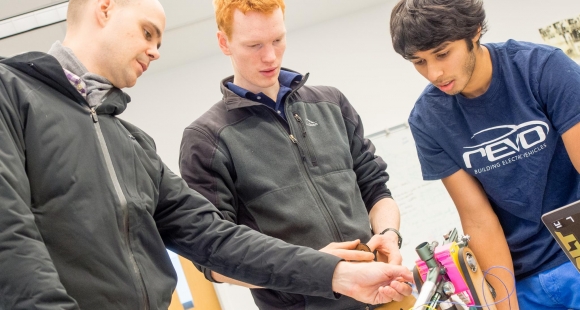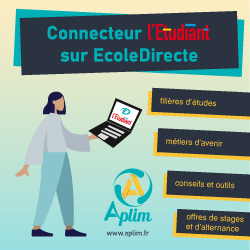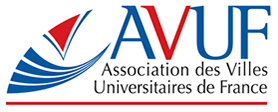
#1 A Tight-Knit Campus
With just 343 undergraduate students and a full-time faculty of 40, Olin is a small school. Students live on campus and know their professors well. The $45,000 annual tuition is offset by financial aid, including the $22,500 Olin Tuition Scholarship, which covers half of tuition for all admitted students.
#2 A Collaborative Curriculum
Olin is known for asking its students to help create the curriculum. Associate Dean and Associate Professor of Mechanical Engineering Jessica Townsend says, "We encourage student feedback, especially on new classes. That way, students take ownership of their education."
#3 A Gender-Balanced Student Body
Olin's 50-50 gender split is no accident. The school feels that a balanced student body facilitates learning, motivates women and helps society by producing more female engineers. Vincent Manno, Provost, Dean and Professor of Engineering, explains that although Olin has more male applicants, "we have plenty of female applicants to choose from."
#4 A Project-by-Project Program
At Olin, conventional classes are scarce. Manno explains, "We want to help students learn for themselves. Early on we ask them to observe jumping insects and create a jumping object. The project draws on math, design and IT skills." Students complete 15-20 projects over four years, many of them for companies ranging from start-ups to Microsoft.
#5 A Focus on Passion and Play
"We believe students produce better work when they are having fun," says Manno. Olin encourages students to pursue their passions, whether they be video games or music, and sees them as a path to learning. Students can even apply for $200 to fund their hobby.
#6 A Design-First Approach
From day one, Olin emphasizes the importance of design and the user experience. Manno describes one project, saying, "We ask students to create a game for 10-year-olds. They interview schoolchildren who later test out the games and grade our students." The Olin approach is anything but traditional.






